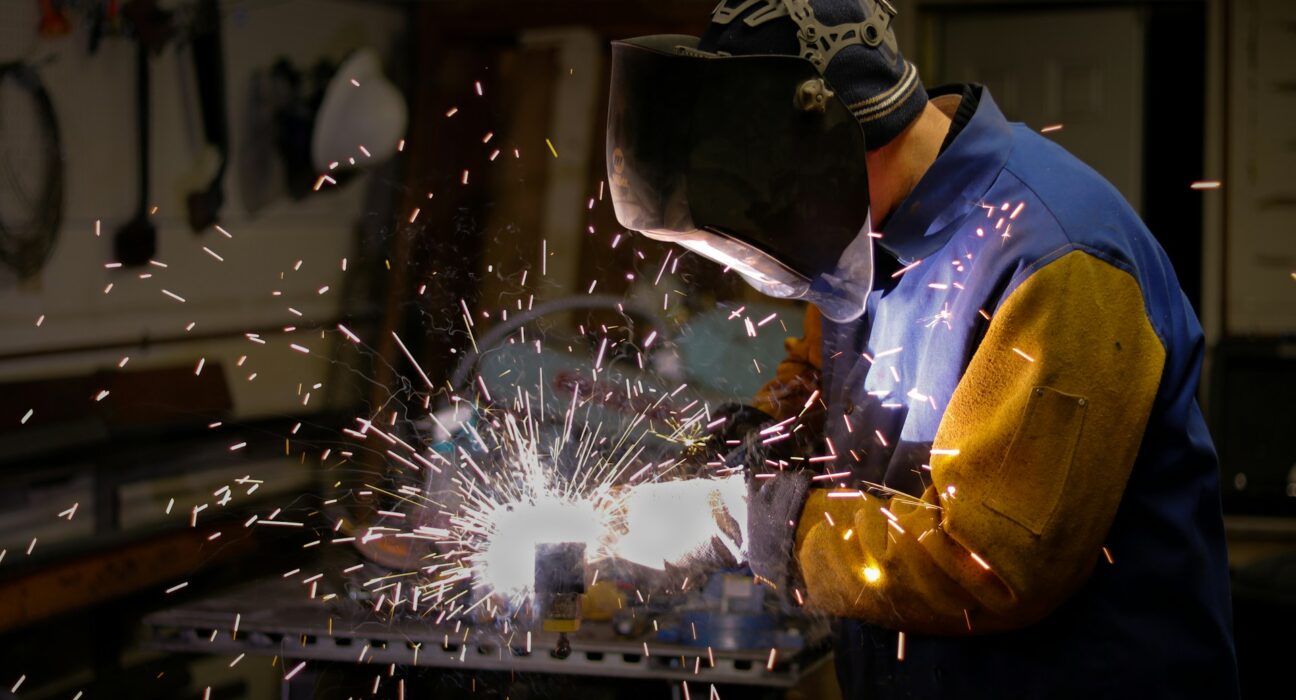A well-designed welding table is more than just a work surface; it’s a game-changer for anyone serious about metalwork. From supporting heavy projects to improving accuracy and safety, your fab table is where concepts become creations. But with so many options available, how do you sift through the marketing and specs to find a table that enhances your workflow?
This guide highlights the most important features a professional should consider when selecting an adjustable or heavy-duty welding table for their metalwork setup. Whether you’re outfitting a commercial shop or upgrading a home workspace, these insights will help you invest wisely in your future projects.
Why the Right Welding Table Makes All the Difference
When working with metals, the quality of your fab table underpins every weld, cut, and clamp. Not only does it provide stability for heavy-duty welding tasks, but it also plays a crucial role in safety, work quality, and efficiency. Investing in a table with the right features can pay off in long-lasting dependability and smoother project flow.
Table Construction and Material Matter Most
What Sets Durable Tables Apart?
For heavy-duty welding, the construction of the table is fundamental. Most professional fab tables are made with thick steel, typically between 3/8 and 1 inch thick. This resists warping under high temperatures and supports the substantial weight of fabricated components.
A high-quality steel or cast iron top resists wear and stands up well to cutting, grinding, and clamping, while maintaining a flat, even surface for assembling precise joints. Some advanced models include rust-resistant coatings or replaceable tops for an extended lifespan.
Why Stability Cannot Be Compromised
A sturdy frame and wide-set legs prevent wobbling or tipping, even when supporting several hundred pounds of metal. Look for welded or heavy-bolted construction that won’t loosen or vibrate over time.
Leveling feet are often an overlooked necessity, but they help maintain stability on uneven floors, which is critical for consistent weld beads and project accuracy.
Versatility with Adjustable Welding Table Features
Why Height Adjustability Is Essential
Your welding table should adapt to you—not the other way around. An adjustable welding table allows you to raise or lower your work surface, accommodating different project sizes and welding positions. Whether standing, sitting, or working on detailed assembly, a flexible height range helps reduce strain and supports ergonomic posture.
Hydraulic or hand-crank height mechanisms add convenience, making adjustments quick and effortless, especially useful in collaborative settings where multiple operators share the same setup.
Tabletop Extensions and Configurable Surfaces
Some tables offer expandable surfaces or removable inserts. These features provide the flexibility to handle extra-large materials or unusual shapes without improvising with secondary supports. For complex metalwork projects or jig setups, this adaptability is often essential.
Integrated Clamping Options for Secure Work
Importance of Built-In Clamping Systems
Holding material firmly in place is central to both safety and accuracy. Built-in clamping slots, holes, or rails on a fab table allow you to quickly position and secure materials at various angles. Professional-grade tables often use a standardized grid of holes (like 16mm or 28mm) to accommodate a wide range of clamps and fixtures.
This system allows for the precise alignment of complex assemblies, whether you’re tacking together frames, mounting jigs, or welding pipe joints. The more flexible your table’s clamping options, the fewer headaches you’ll face with awkwardly shaped pieces.
Benefits for Repeat Projects
If your shop turns out similar projects repeatedly, investing in a table with modular clamping features can speed up both setup and teardown, giving you a significant edge in efficiency.
Surface Flatness and Precision Markings
How Flatness Impacts Results
A perfectly flat fab table is the foundation for high-quality welds. Deviations in flatness can cause distortion, misalignment, or weak welds. Most premium welding tables are precision ground to within tight tolerances (often less than 0.2mm per meter).
Markings for Alignment and Layout
Laser-etched or engraved measurement marks on the table surface help with layout and alignment, eliminating the guesswork from project planning. Integrated scales, angles, and reference lines enable a faster, more consistent setup.
Add-On Storage and Modular Functionality
Keeping Tools Organized
Professional metalwork setups benefit from a tidy and efficient workspace. Welding tables equipped with tool racks, shelving, or drawers keep clamps, hammers, and safety gear within reach. This organization streamlines your workflow, cuts down on lost time, and promotes a safer environment.
Modular Accessories
Many high-end adjustable welding tables are compatible with modular add-ons. These might include vices, removable fences, or extension arms. Modular functionality means you can upgrade or adapt your setup as your project requirements and techniques evolve, future-proofing your investment.
Mobility and Workspace Optimization
When Should You Choose a Mobile Welding Table?
If your shop layout changes frequently, or if you sometimes need to weld heavy components in different areas, consider tables with locking caster wheels and stable braking systems. Mobility lets you maximize floor space and optimize your metalwork setup for each new project.
Compactness for Tight Workshops
For smaller shops, foldable legs or stackable designs make storage easier. Look for tables that balance compactness with sturdiness, ensuring you don’t sacrifice performance for convenience.
Safety Features Every Professional Should Expect
Vital Safety Considerations
Your table should be equipped with rounded edges to prevent cuts and injuries and have dedicated ground lugs for safe electrical connections during welding. Fire-resistant coatings or flame arresting surfaces add protection, especially when working with grinders or plasma cutters.
Cable and Hose Management
Integrated cable trays and hose hooks prevent trip hazards and keep your working area clear. Small details like these can help avoid accidents and maintain productivity during complex welding jobs.
Maximizing Your Investment with the Right Table
Selecting a welding table is a decision that impacts every aspect of your metalwork workflow. By prioritizing features such as rugged construction, adjustability, quality surface materials, and advanced clamping options, you’ll ensure your workspace is both safe and efficient. Features like integrated storage, measurement markings, and modular add-ons help you make the most of your investment, enabling you to tackle any heavy-duty welding job with confidence.
A well-chosen fab table pays off through years of reliable service and higher project quality. Take your time to assess your specific needs, compare available options, and don’t hesitate to invest in a table that grows with your business or hobby. Your future self will thank you for your foresight.







